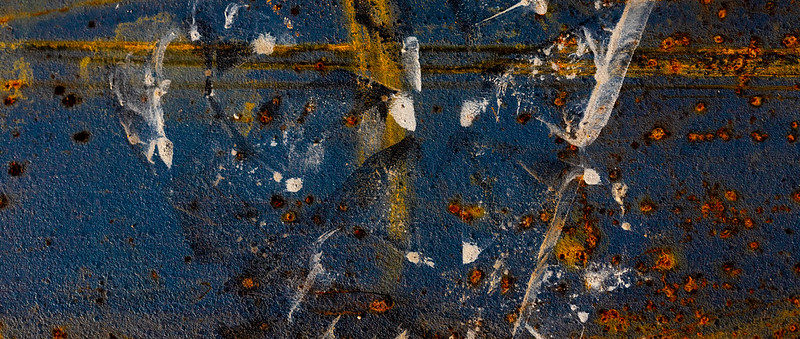At risk of perversity, I would like to use this week’s readings to discuss how our current moment presents a place of analysis regarding capitalist infrastructure and crisis (or perhaps its fabrication). Through the lenses of Harroway and Ahmed, the current social threats posed by the epidemic seem to draw from a place of “disorientation,” a state of queered perception of the body (social, politic, bio’logical’) in which the public is forced to abandon the standard perceptions of ourselves as discrete, sanitary units. By necessity, we contend with ourselves as an interconnected assortment of “critters” and must address new forms of assemblages and articulations that can accommodate the introduction of a new contagion into our “holobionts.” Such states of disoriented symbiosis extend beyond the molecular level to also be exhibited in the realms of the social and international, with common interactions and commercial engagement being forbidden and even the foundational unit of Western capital (if I remember Reich correctly) becoming itself a site of queered interaction. (Can the familial hug now become a risk of contagion? Does mortality and violence now emerge in those normative spheres that supposedly exempt such risks?)
Such disruptions of the social have a Latourian bent to them when we recall that this disruption of the social occurs simultaneously with disruptions of the infrastructure that produce the social and have permitted the introduction of this new “critter” into our present “Chthulucene.” If there is anything to (re)learn from COVID, it is the sheer interconnected nature of our global holobiont and the complete incapability between its self-awareness and continued functioning. The revealed precarity of the ‘gig economy’ and ‘right to work’ legislation has prompted suspensions of rent, loans, and investment – the very structural techniques that have facilitated the development of late-stage capitalism. Despite years of a rising economy we find our individual lives unsure of their continued value as productive workers and our ability to engage in necessary consumption patterns.
In essence, the discrete markers of growth and structural sufficiency (quantitative rise in NASDAQ/DOW/S&P indexes, low unemployment) are revealed insufficient when the underlying network becomes the target of focus. That economic markers are insufficient is a common critique and needs little discussion; what is curious is why these markers must be discrete. Why, given the recurring realities of the “Cthulucene” does capital return to the limitations of digital logic, presenting the crisis of one locale/person/community as exempt from the continual circulation of globalism?
Questions:
– Are crises of capital produced by direct ‘interruptions’ of the “Cthulucene” or by moments of awareness?
– Why does discretionary logic seem so crucial to capital when it must manage non-discretionary logic for it to expand (consider the likelihood that ‘distance learning’ may be expanded by some universities after the crisis or that more offices may ask workers to perform labor from home during ‘off hours’)?
– How does one permit a continual awareness of the “Cthulucene” instead of a flux between its forgetting and remembrance?
– Are there crises that can escape the expansion of capital (many have already made fortunes off the loss of gains from 2008)?


